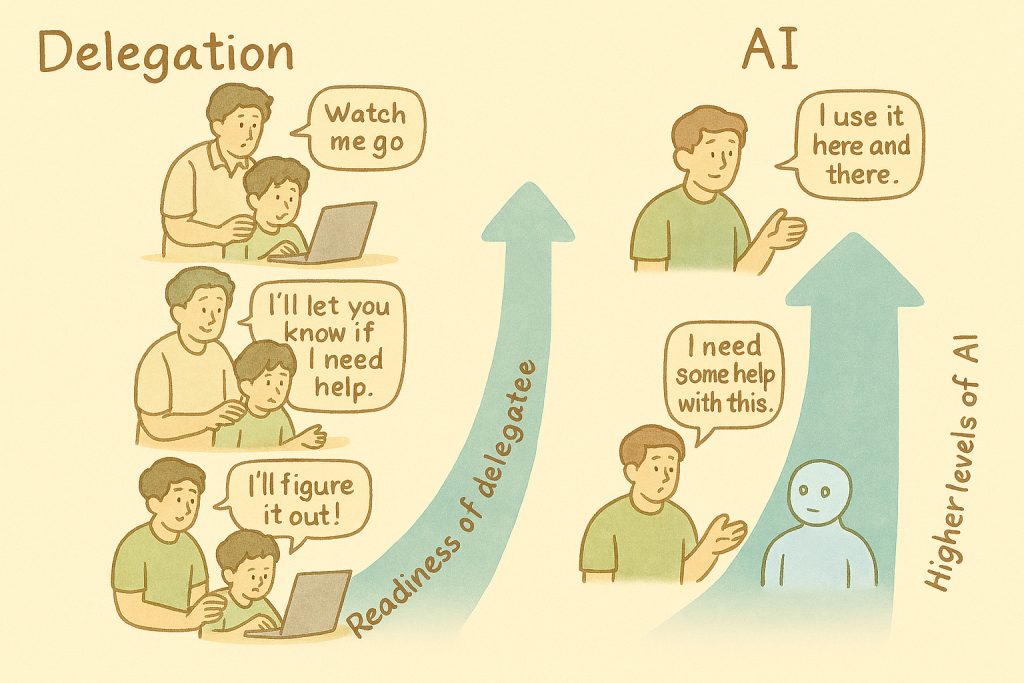When we say a Fixed Bid project, what comes to our mind? Are we talking about fixed Scope, Budget and Time? Assuming we are a service provider and all the parameters are fixed for the project, is it possible to do a Release Plan with out losing the spirit of agile?
Suggested Solution:
There are various ways we could approach this situation without losing the spirit of Agile.
Usually, when we hear the word ‘Fixed Bid’ we assume that all the three parameters (Scope, Time and Cost) are fixed. But, that may not be the case in the real world. As a service provider, if we ask our client, which one of the three parameters is critical, or non-negotiable, we may identify the levers. In some cases, the cost may be a constraint. Then there could be some flexibility in scope and time. If the time is critical, say some compliance or security-related issue, the cost and to an extent the scope, might have some room for adjustments.
Once we understand, through meaningful collaboration with the client, the critical parameter(s) and our levers, doing a release plan is easier. The objective of the release plan is to bring in reasonable predictability and adaptability. If the cost is fixed, we could work on a range in the timeline. Similarly, if the timeline is fixed, then the scope could have a range.
I’ll be elaborating on this topic with more examples in my subsequent blogs.




